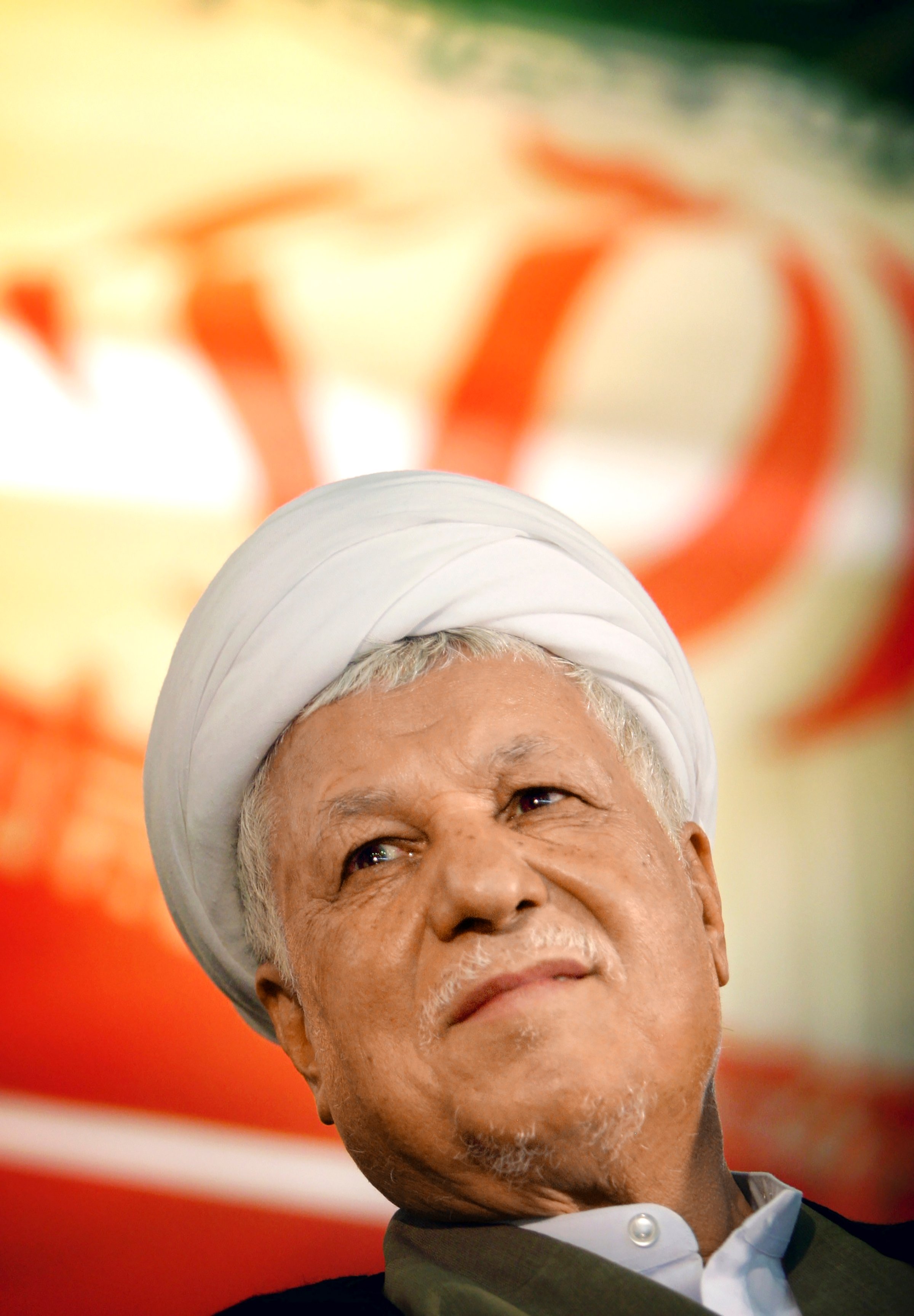
To say Ali Akbar Hashemi Rafsanjani inspired mixed emotions is to begin to understand Iran. The power broker, who died on Jan. 8 at age 82, reflected the contradictions that define the Islamic Republic. Rafsanjani was both revolutionary and evolutionary, a reputed killer and a subtle diplomat, famously corrupt and, late in life, the last best hope of democratic reformists. Most of all, he was the ultimate insider in a system so dense, it may at some point collapse into itself like a black hole.
Much of the obscuring haze was dust kicked up in the perpetual scuffle between Rafsanjani and Ali Khamenei, the old friend he basically installed as Iran’s Supreme Leader in 1989–and, over the next 27 years, proved unable to control. He thought he could. The son of a prosperous pistachio merchant, Rafsanjani had studied religion in the arid city of Qom and become a trusted adviser to Grand Ayatullah Ruhollah Khomeini, who led the 1979 revolution overthrowing a U.S.-backed monarchy. A photo of the pair stood against Rafsanjani’s coffin on Jan. 9; in it he wears a knowing smile and a moustache, looking every inch the political operator he was. Although Rafsanjani could never quite grow the beard of a cleric, his commitment to the theocracy was terrifying. While others protested, he stood by Khomeini’s order to hang political rivals by the thousands. He was complicit in terrorist attacks on Jews in Argentina and Americans in Beirut. His reputation was shadowed by journalist Akbar Ganji’s casting him as the “red eminence” looming behind the assassins of dissident Iranian intellectuals in the 1990s.
And yet his funeral procession echoed with dissenters’ chants from the 2009 Green Movement, which Rafsanjani had supported. After serving as President from 1989 to 1997 and pushing for economic liberalization, the revolutionary came to believe that Iran’s future depended on opening up to the world Khamenei and his new partners, the hard-line Revolutionary Guards, still regard with paranoid suspicion.
So Rafsanjani ended up both inside and out, an Establishment figure who took to nurturing the fortunes of moderates and reformists. Barred by the regime from running for President again in 2013, he threw his support to Hassan Rouhani, who won easily promising to end Iran’s isolation. But the nuclear deal they championed has proved a mixed blessing, bringing no immediate gains to ordinary Iranians and a crackdown from hard-liners protecting their flanks. Now Rouhani faces a campaign for re-election in the spring with no one who can claim the love of Khomeini. Likewise, no power broker now exists who can help moderates retain their hold over parliament.
And President-elect Donald Trump will likely confront an Iran more like a cartoon villain than it was before the Supreme Leader lost his sponsor turned counterweight. It’s just possible that Khamenei, always a cautious militant, will adjust by tempering himself. But even if he does, it will be near impossible to know. From outside, the haze remains very thick.
–With reporting by KAY ARMIN SERJOIE/TEHRAN
More Must-Reads from TIME
- Donald Trump Is TIME's 2024 Person of the Year
- Why We Chose Trump as Person of the Year
- Is Intermittent Fasting Good or Bad for You?
- The 100 Must-Read Books of 2024
- The 20 Best Christmas TV Episodes
- Column: If Optimism Feels Ridiculous Now, Try Hope
- The Future of Climate Action Is Trade Policy
- Merle Bombardieri Is Helping People Make the Baby Decision
Contact us at letters@time.com